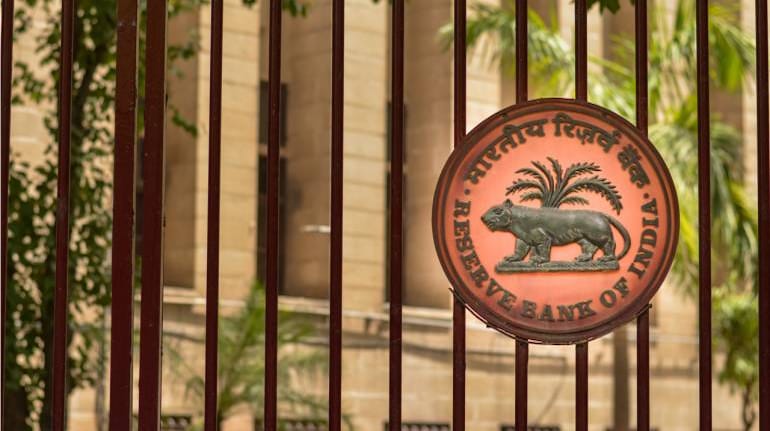



Policy support, including regulatory dispensations, helped the India’s banking sector navigate the COVID-19 pandemic and led to an improvement in asset quality in FY22, the Reserve Bank of India said in its Financial Stability Report released on June 30.
The gross non-performing assets (GNPA) ratio of scheduled commercial banks declined to a six-year low of 5.9 percent in March 2022 from 7.4 per cent in March 2021, the RBI said. Net non-performing assets (NNPA) ratio also fell by 70 basis points during FY22 and stood at 1.7 percent as on March-end.
Under the assumption of no further regulatory reliefs as well as without taking the potential impact of stressed asset purchases by National Assets Reconstruction Company Limited (NARCL) into account, stress tests indicate that GNPA ratio of all SCBs may improve to 5.3 percent by March 2023 from 5.9 percent in March 2022, according to the RBI.
This is under the baseline scenario driven by higher expected bank credit growth and declining trend in the stock of GNPAs, among other factors, the report said. At the bank group level too, the GNPA ratios may shrink by March 2023 in the baseline scenario.
However, if the macroeconomic environment worsens to a medium or severe stress scenario, the GNPA ratio may rise to 6.2 percent and 8.3 percent, respectively, the RBI said.
In the severe stress scenario, the GNPA ratios of state-run banks may increase to 10.5 percent by March 2023, from 7.6 percent in March 2022. It would go up from 3.7 percent to 5.7 percent for private lenders and 2.8 percent to 4.0 percent for foreign banks over the same period, it said.
Indian banks are just about recovering from the pandemic that shrivelled borrowers’ income. A combination of measures by the RBI and credit guarantee schemes by the government helped borrowers and banks throughout the pandemic. Banks made adequate provisions and raised capital to cushion their balance sheets. Non-performing assets of most banks have also declined.
Earlier this month, a deputy governor of the central bank, M Rajeshwar Rao had said that lenders and financial institutions must proactively undertake stress tests to strengthen assets and identify credit risks.
Stress test results revealed that banks are well capitalised and capable of absorbing macroeconomic shocks even in the absence of any further capital infusion by stakeholders, according to the RBI’s FSR report.
Banks’ gross NPA ratio of large borrowers has been declining over the last two years to reach 7.7 percent in March 2022. Their special mention account (SMA)-2 loans and NPAs also declined during FY22, the central bank said.
The slippage ratio, measuring new accretions to NPAs as a share of standard advances at the beginning of the period, declined across bank groups during FY22. Write-off ratio declined for the second successive year to 20 percent in FY22.
Discover the latest Business News, Sensex, and Nifty updates. Obtain Personal Finance insights, tax queries, and expert opinions on Moneycontrol or download the Moneycontrol App to stay updated!
Find the best of Al News in one place, specially curated for you every weekend.
Stay on top of the latest tech trends and biggest startup news.